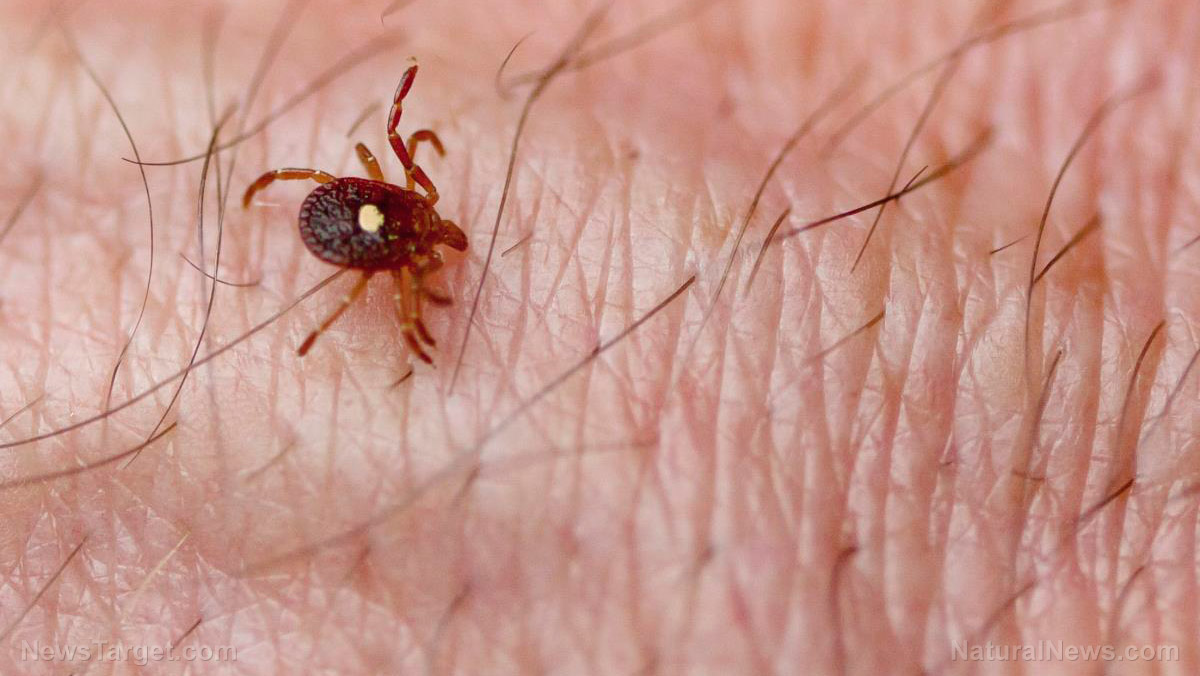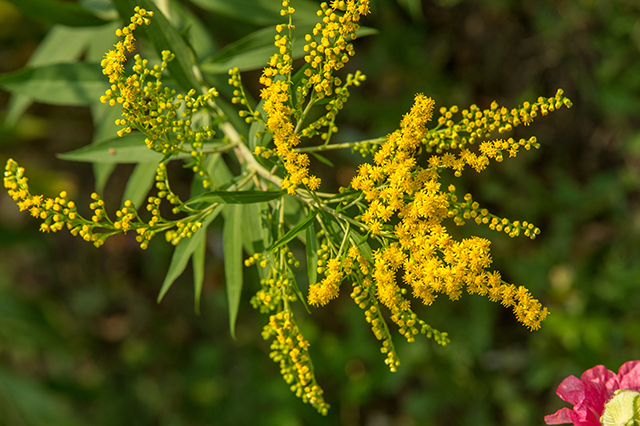
“It’s very, very rare to see hives from a chemical that’s a food additive, because these are small molecules that typically don’t trigger allergic reactions,” explains Dr. Scott Sicherer, an allergy professor at Icahn School of Medicine at Mount Sinai. “No one’s saying it doesn’t happen, but the reports in the literature are handfuls – they’re not in the thousands.”
One food additive that is regulated by the Food and Drug Administration (FDA) is the food coloring FD&C Yellow No. 5. In a decision in 1986, the FDA required all use of the shade to be identified in the ingredient line, as it can trigger hives in "fewer than one out of 10,000 people."
With the recent push of consumers for natural food, manufacturers have taken steps in substituting synthetic additives with natural ones made from plants, insects or other animal products. However, according to Dr. Ronald Simon of the Scripps Clinic Carmel Valley in San Diego, these can still trigger allergic reactions since these contain protein that our immune system may react with.
Two dye additives have been identified as allergens in rare cases of anaphylaxis: A red food dye called carmine, or cochineal extract, which is extracted from insects and a yellow dye made from the fruit of the annatto tree. Both studies have identified the source of the allergens as the proteins derived from the source and have noted that allergic reactions may vary for each patient.
In any case, the consensus is that reactions to synthetic additives are uncommon and have not yet been fully explored. Dr. Robert Swerlick, a dermatologist at Emory University, explains that this makes allergies to additives even more challenging to study. In a report for The New York Times, he described some of the cases that he handled related to dye allergies. One of his patients, a 61-year-old man, had recurring skin problems on his hand. However, it flared up right after he switched his medication for diabetes pills, with the new batch containing a blue dye. Another of his case involved a man who suffered a rash for nearly a year until he left his toothpaste at home when he went on vacation. During this period, he noticed that rash had subsided. He later found out that his toothpaste contained a blue dye as well. Moreover, a woman who had consulted her found out that her anti-allergy pills were the ones that causing her severe allergic reaction. (Related: Hidden sources of food coloring chemicals in your diet.)
Dr. Swerlick explains that having allergies to multiple drugs could be a clue to uncovering an allergy to dye additives – people who think they may have an allergic reaction to food or drug additives should observe their body's reactions when exposed to food that contains coloring. Another clue is to compare the food that you eat when you're at home and out with friends. If you develop an allergic reaction to food prepared outside but don't get the same reaction when you prepare it at home, you most likely may have an allergy to a food additive such as coloring.
If you want to learn more about how additives such as coloring and dyes affect the human body, go to FoodScience.news today.
Sources include:
Please contact us for more information.























